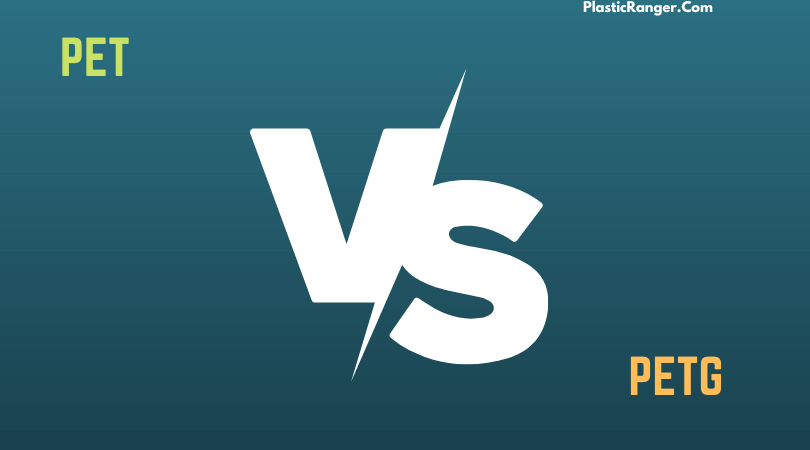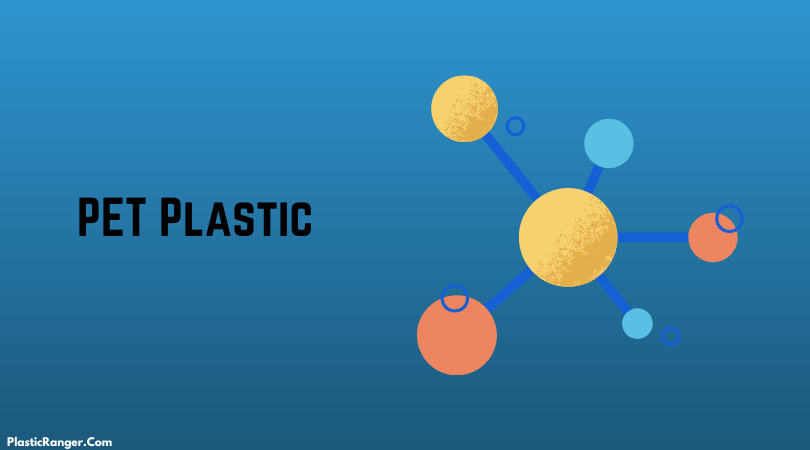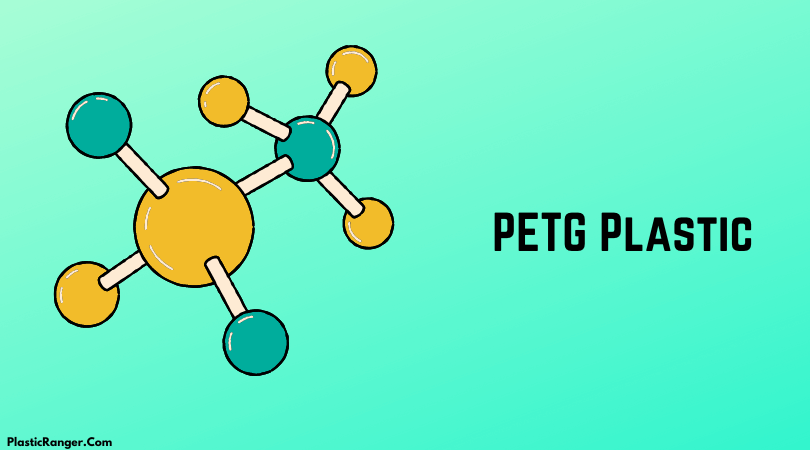Greetings everyone! Today, I will provide an in-depth analysis of the differences between PET and PETG plastics. Without further ado, let’s dive in.
PET VS PETG
The main difference between PET and PETG is their level of flexibility. PET is much stiffer, making it more suitable for high-strength and rigidity applications. PETG, on the other hand, is much more flexible, making it ideal for applications requiring high flexibility and durability.

Another critical difference between the two materials is their level of transparency. While both materials are transparent, PET is known for its higher level of clarity, while PETG is slightly more opaque. This can make a difference in specific applications, such as packaging, where transparency is essential.
PET and PETG are both thermoplastics commonly used in various applications. They are similar in many ways, but some key differences exist.
PETG VS PET: Let’s Talk About PET Plastic

PET, or polyethylene terephthalate, is a strong and durable plastic often used in packaging applications, such as water bottles and food containers. It is also commonly used in manufacturing textiles, such as carpet fibers and clothing.
PET is known for its high strength and clarity and is also resistant to impact and chemicals.
The polymer is almost shatterproof, making it useful in many other applications in other sectors apart from textiles and bottling.
According to many worldwide reports, PET is the most used thermoplastic in the world, with an annual production of 56 metric tons.
The textile industry is the major consumer, accounting for approximately 60% of its utilization, with the packaging and bottling industry being the second largest consumer at 30%.
General Properties
| Property | Value |
| Coefficient of friction | 0.2 – 0.4 |
| Tensile modulus ( GPa ) | 2 – 4 |
| Izod impact strength | ( J.m13 – 351 ) |
| Hardness – Rockwell | M94-101 |
|
Water absorption
| <07% |
| Refractive index | 1.3 – 1.4 |
| Heat-deflection temperature – 0.45 MPa ( °C ) | 115 |
| Working temperature ( °C ) | 115-170 |
| Coefficient of thermal expansion |
20 – 80on ( x10-6 K-1 )
|
Applications
- Due to its exceptional water and barrier resistance properties, PET is frequently used to manufacture plastic bottles for drinks such as mineral water, alcohol, and carbonated beverages.
- Non-oriented PET is commonly thermoformed to create packaging trays, plastic cups, and blister packaging.
- PET is often chosen as a material for producing tapes thanks to its rigidity and exceptional mechanical properties.
- A set of brilliant physical properties jammed with chemical resistance makes it suitable for food packaging applications.
- Some salient products for the packaging industry made from PET are rigid jars, microwave containers, sheets, transparent films, etc.
PET VS PETG: Let’s Talk About PETG

PETG, or glycol-modified polyethylene terephthalate, is a PET variation often used in 3D printing filaments. It is a transparent and lightweight material known for its flexibility and transparency.
It is also easy to print and often used for creating detailed models and prototypes. It is also UV-resistant, making it suitable for outdoor use.
It is produced using a two-step melt-phase polycondensation process. It’s a simple but adequate process combining two monomers by a minor water release.
Regarding the Printing industry, PETG is the superior option for 3D printing.
It has a lower melting point and is more flexible, making printing more accessible and producing better results. PETG is not recommended for 3D printing due to its high melting point and stiffness.
Regarding environmental impact, both materials are recyclable and have similar properties.
However, PETG is generally considered more environmentally friendly because it is often used in applications requiring less energy and resources.
General Properties
| Property | Metric | Value |
| Density | 0.0455 – 0.0462 | lb/in^3 |
| Yield Strength | 6.95 – 7.67 | KSI |
| Hardness | 14.4 – 15.9 | HV |
| Specific Heat Capability | 0.352 – 0.366 | BTU/lb. °F |
| Max Service Temperature | 51 – 65 | °C |
| Fracture Strength | 1.92 – 2.31 | KSI/in^0.5 |
| Elongation | 102 – 115 | % strain |
Applications
- PETG’s single largest usage is happening in the 3D printing industry. The road prototyping industry is booming, and PETG has exceptional layer adhesion and printability.
- Owing to PETG’s excellent chemical resistance, it is widely used for making beverage containers for soda, drinking water, and cooking oils. Its lightweight also helps companies reduce transportation costs.
- PETG’s rigid structure makes it adaptive to the harsh sterilization process. That makes it suitable for medical implants and packaging products for the pharmaceutical industry.
- The easy coloring and forming nature of PETG makes it ideal for making stands and displays in malls, restaurants, food courts, and all sorts of retail locations.
- Easy forming properties make PETG perfect for making machine protection covers and guards. The polymer’s hardness and clarity are among the best in the industry, making the guards last for years if not decades.
That is all for the PET VS PETG debate.
The Conclusion
PET and PETG are versatile and durable materials with many applications. However, they have different properties that make them more suitable for other uses.
PET is strong, rigid, and water-resistant, making it suitable for packaging applications, mainly bottles. In comparison, PETG is a flexible and transparent material ideal for 3D printing and other applications requiring high flexibility and durability.
Ultimately, the choice between the two materials will depend on the specific requirements of your project.
Quick Navigation
